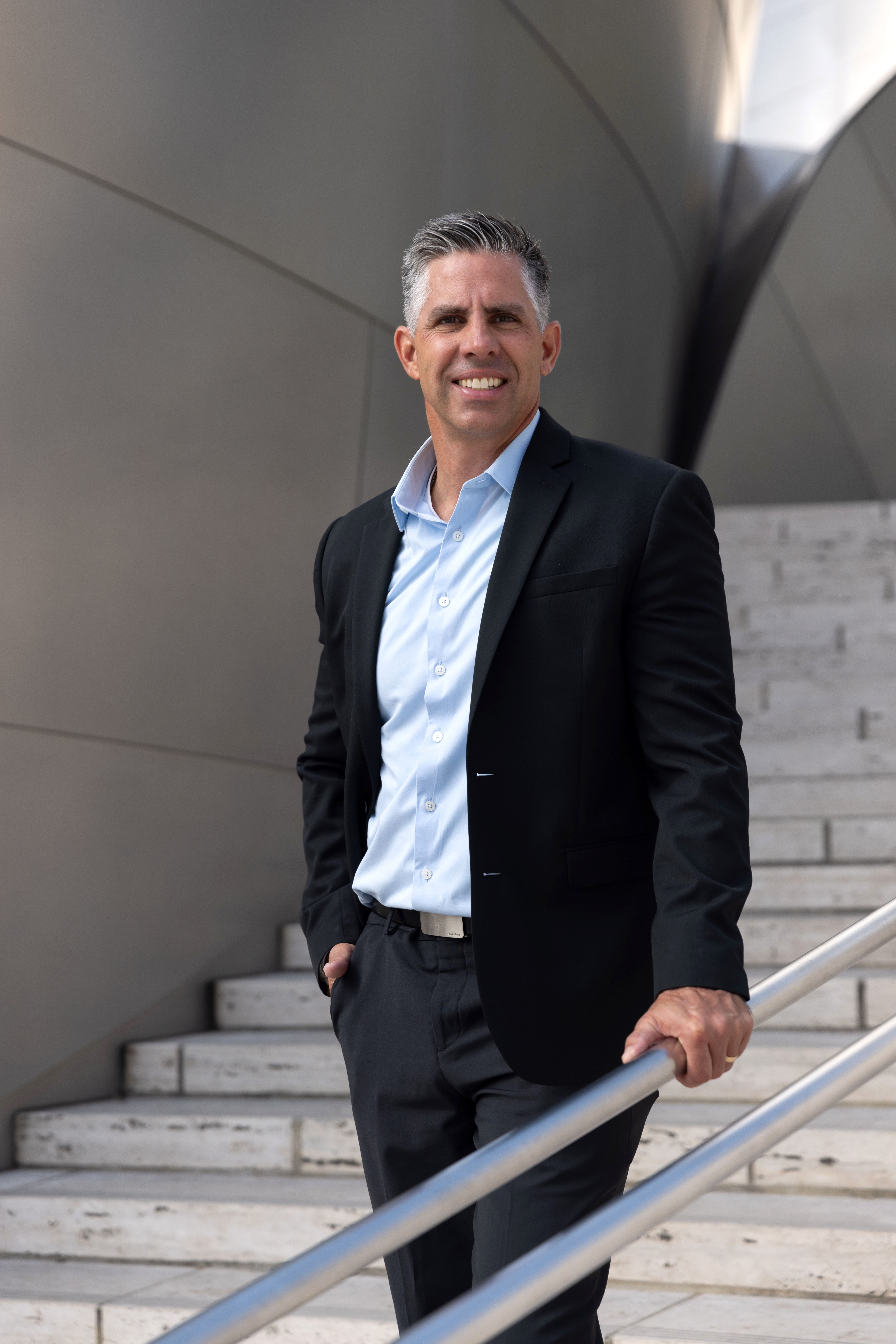We caught up with the brilliant and insightful John Gresko a few weeks ago and have shared our conversation below.
John, looking forward to hearing all of your stories today. What was the most important lesson/experience you had in a job that has helped you in your professional career?
Architects are trained to design with empathy, striving to understand the experiences of those who will inhabit our buildings. However, our education often lacks a focus on business acumen. While we resonate deeply with the nuances of design, the business aspects of our clients’ needs can sometimes elude us. The evolving landscape of business demands that architects prioritize the best interests of their clients. My experiences have shown that procrastination, hesitation, and delays in communication often undermine architecture firms more than any design flaw. Architects tend to be analytical by nature, which can lead to hesitation in making decisions or responding promptly. It has become clear to me that striving for perfection can be detrimental; it is not the flawlessness of a design that has historically benefited our clients the most, but rather the quality of service provided. This service encompasses guiding clients through the design and construction processes, acting as their advisor, counselor, educator, and designer. I have learned that it is this level of service that truly satisfies our clients, rather than the mere pursuit of architectural design excellence.


Awesome – so before we get into the rest of our questions, can you briefly introduce yourself to our readers.
Back in the day, during my grade school years, I always had this dream of becoming an architect. I was lucky enough to live in a place where the neighborhood was always buzzing with construction, new homes springing up left and right. My mom and I, we’d sneak into these half-built houses at night, meandering through what was barely more than frames, trying to picture what it would all look like finished. This wasn’t just a passing interest; it grew into something more, especially during a year spent in Europe in college. That year, soaking up as much incredible architecture as I could, I realized how deeply buildings and spaces can touch societies and communities. Europe’s deep appreciation for architecture, so different from what I’d known back in the States, really got me thinking. After a quarter-century in this field, it’s a bit heartbreaking to admit that architecture might never get the respect in America that it so deserves.
Things in the architecture world are shifting. There was a time when architects were the go-to experts on everything design and construction. Now, it’s disheartening to see how that’s changed. The field’s become crowded with professionals from related areas stepping in, diluting the unique role and prestige architects once held. Over these 25 years, I’ve worn many hats in architecture, from intern to regional leader supervising dozens of clients, projects, and staff.
Lately, the profession has hit some tough times, facing challenges that threaten its very essence and future. The push towards making everything a commodity and the rise of artificial intelligence are simplifying what used to be a custom and creative process into something that feels too transactional, too automated. This doesn’t just undercut architects’ expertise; it makes it tougher to stand out in an ever-more crowded field. Plus, there’s a crisis brewing from within – burnout, stress, and not getting paid enough. Architects are pushed to deliver top-notch work on tight schedules and shoestring budgets, leading to long hours and a shaky work-life balance. This grind isn’t just bad for those in the profession now; it’s scaring off the next generation. It’s high time for the architecture community to stand up, push for fair pay, healthier working conditions, and get the recognition architects deserve for their role in shaping the places we live, work, and play.
With these challenges in mind, I decided to start my own firm, focusing on making the experience of working with an architect something special. I live by the idea that people will remember how you made them feel, even if that means answering calls late at night or on holidays. My firm is all about close collaboration with our clients, giving them direct, anytime access to the architects. It might mean running into each other in the kitchenette for those crucial, unplanned project chats. I’ve made mental health, physical well-being, and freedom key pillars of how we work. No timesheets, no rigid schedules, just the flexibility to work remotely and the trust to get things done. Everyone gets to pick their tools and tech, making sure they have everything they need to do their best work. This approach doesn’t just create a better place to work; it reinforces the vital role architects play in crafting the spaces that define our lives.



How did you put together the initial capital you needed to start your business?
Kicking off a business while juggling the dynamics of a five-kid household on a single income was anything but simple. Loan applications were my daily grind, and the rejection was nearly unanimous; dozens turned me down flat. Launching an architecture firm doesn’t quite sparkle in the eyes of bankers the way other ventures might. Plus, there’s this unwritten rule that unless you’ve been on the scene for half a year, banks will shy away. My leap into starting my practice wasn’t part of some grand plan. It was more a corner I was painted into after my last job fell through because I stood up against working on projects that didn’t sit right with me ethically. There I was, no cash flow, clientless, dipping into my 401k just to keep the lights on and pour whatever was left into my fledgling firm. I chased down potential clients, offered my help without asking for anything in return. It was only after proving I could genuinely meet their needs, giving them a sneak peek of what working with me would be like, that they started signing on the dotted line. I took a massive risk, betting everything on myself.
Can you tell us about what’s worked well for you in terms of growing your clientele?
For me, the key to growing my clientele has really boiled down to a few simple principles: staying responsive, prioritizing my clients’ needs over my own (yes, it might seem backwards, but trust me, it works wonders), and being authentic. Being genuine and putting clients first not only sets you apart but builds a foundation of trust that’s invaluable.
Contact Info:
- Website: https://www.johncgresko.com/
- Instagram: https://www.instagram.com/john.c.gresko/
- Linkedin: https://www.linkedin.com/in/johngresko/
- Twitter: https://twitter.com/JohnCGresko
- Other: https://greskoarchitects.com/


